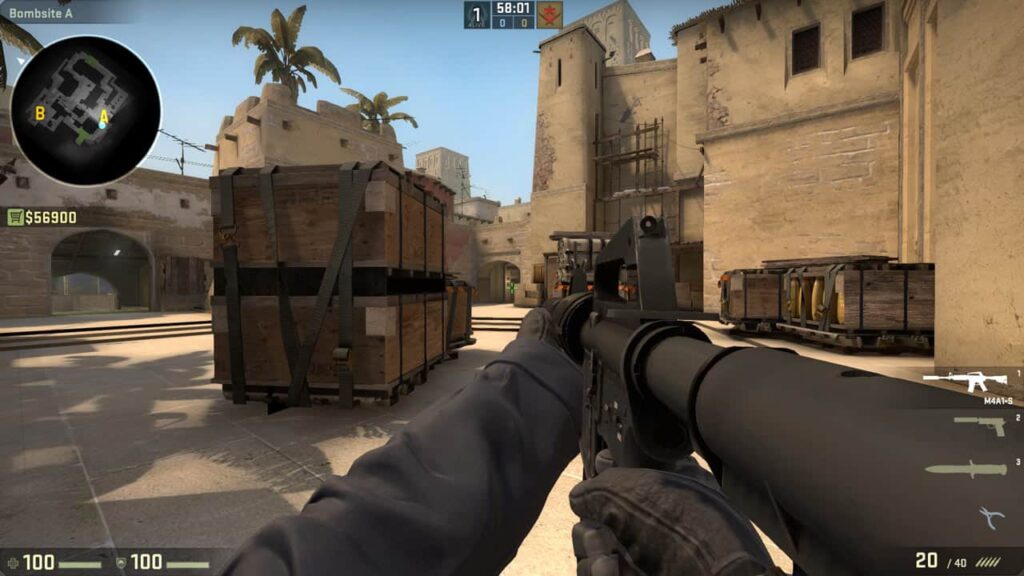The competitive integrity of Counter-Strike 2 CS2 has recently come under scrutiny, particularly regarding issues related to server tick rates. Server tick rate refers to how frequently the game server updates and processes player actions, typically measured in ticks per second Hz. In competitive gaming, particularly in fast-paced shooters like Counter-Strike, this metric is vital to ensuring a smooth, responsive experience. Low or inconsistent tick rates can lead to gameplay anomalies, such as delayed reactions, incorrect hit registration, and unpredictable server performance, all of which can undermine the fairness of matches. In the early days of Counter-Strike 2, players and professionals alike began noticing significant issues with the tick rate of official servers. However, reports surfaced indicating that players were experiencing higher latency or inconsistent server performance, even during crucial moments in high-stakes matches. This inconsistency raised alarms for players who rely on precise shooting mechanics, where even slight delays or errors can make a difference in the outcome of a match.

While the game was marketed with an improved server infrastructure over its predecessor, cs2 server tick – Global Offensive CS, the reality fell short for many players. For instance, players reported that their in-game actions, like aiming or shooting, felt delayed or out of sync with the server updates, causing frustration and confusion. This discrepancy was particularly noticeable in high-level competitive play, where professionals depend on finely-tuned mechanics to gain an edge over their opponents. In an environment where milliseconds matter, the lack of consistent server tick rates can be detrimental to maintaining the integrity of competitive matches. The issue became more prominent when the problem was not just restricted to casual matches, but was also observed in professional tournaments. In some cases, even tournament organizers and event sponsors expressed concerns about the game’s performance. For example, during major competitions, some teams experienced what they felt were unusual server conditions, which led to mismatched expectations between in-game actions and outcomes.
These inconsistencies not only hurt the gameplay experience but also led to discussions on whether these server-related issues could affect tournament results, potentially casting doubt on the legitimacy of victories and the fairness of competition. While Valve has worked to address these concerns through patches and updates, many players remain skeptical about the long-term viability of the server infrastructure. Some have even suggested that Valve should introduce a dedicated competitive tick rate for official servers, akin to the higher-quality servers found in games. By doing so, Valve could ensure that the competitive integrity of CS2 is upheld, providing players with a level playing field and restoring confidence in the game’s fairness. In conclusion, the server tick rate issues in Counter-Strike 2 have raised serious questions about the competitive integrity of the game. In a genre where precision is paramount, the performance of official servers can make or break a match. Until Valve can resolve these issues consistently and transparently, doubts surrounding the fairness of CS2’s competitive scene are likely to persist.